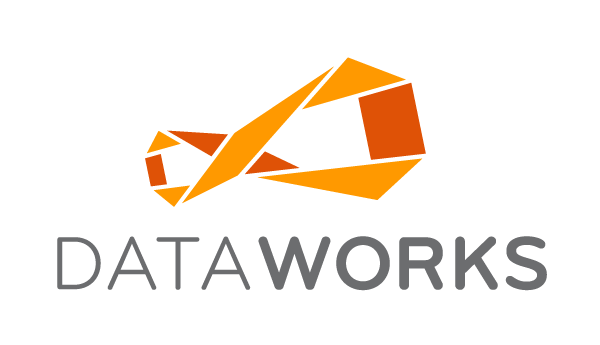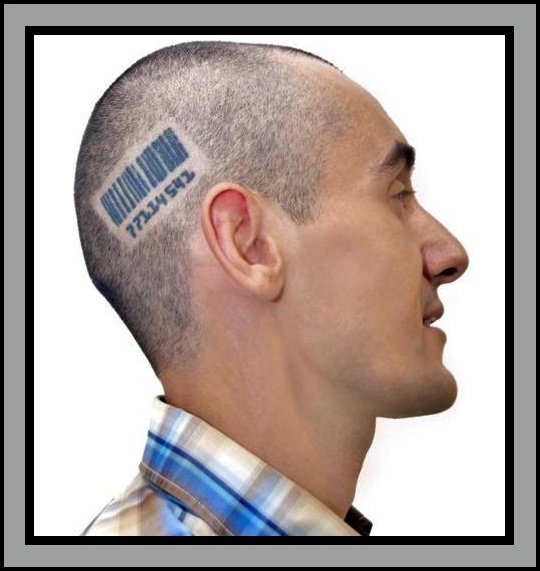Version 8.8 of our inventory control software for the hospitality and amusement park industries shipped to our customers on May 12, 2013. This is the second 8.X release. The first was 8.2, which made it's debuted on November 11, 2012.
Version 8's main mission is to make Purchase Order input faster and easier.
This was a seven month development project and here are the main highlights of this release:
- Custom Field Layout on the PO form. This allows expert users to select which columns of descriptive data they would like displayed on the PO Detail section. This tailoring of the form has a default by Vendor that allows Food and Beverage Input to look and feel different than a retail or general supply PO.
- Sort and Re-Number functionality on the Purchase Order form. With this new feature, a PO template or original PO can be sorted and grouped based on criteria selected by a user. This is helpful for large food orders where grouping items together by category or storage method is helpful for the vendor as well as the receiving crew.
- Save More functionality on the PO form. This feature was the number one request from our customers. This feature grants increased productivity while creating Purchase Orders on the fly, and allows for faster heads down data input. Everyone in our user population that does purchase order entry will benefit from this feature.
- More Look-up Methods are now available during PO Input. These include look ups by Vendor Description, SKU and Bar-code.
- Faster Inventory Creation. We cut the time needed to create an inventory item in half, plus we added a matrix form that allows you to visually select which outlets or warehouses you want to define the inventory in. This was a feature whose idea came from our support and training staff. Customers will enjoy this feature since it allows much greater control and fewer keystrokes to create inventory in desired outlets. This feature will be a big benefit to our entire customer base.
- Unit of Measurement equivalents for converting an ingredient from weight to volume or units to weight or volume. This new functionality even allows for unique conversions for preparation methods (i.e. diced, sliced, cubed, etc). This feature is a big benefit to our Food and Beverage customers.
- Currency, currency and more multiple currency features. Reports now automatically select which currency values should be displayed. Based on the the outlets that are selected, the report system will standardize the data and give consistent revenue, cost and gross profit. In addition, the product and inventory forms now have clearer labels about what currency values are being displayed. This greatly benefits our multinational customers who have revenue centers in more than one country.
Version 8 will be complete when we have added the ability to edit and make substitutions on an approved PO - even one that has been partially received.
In total, 128 new features were added and 177 defects were fixed in this major release of NeXT. To find out more, log into our customer portal and review the complete manifest of Version 8.8.

 If you are an adult and live in the United States you have been asked this question countless times : "What do you do for a living?"
If you are an adult and live in the United States you have been asked this question countless times : "What do you do for a living?"